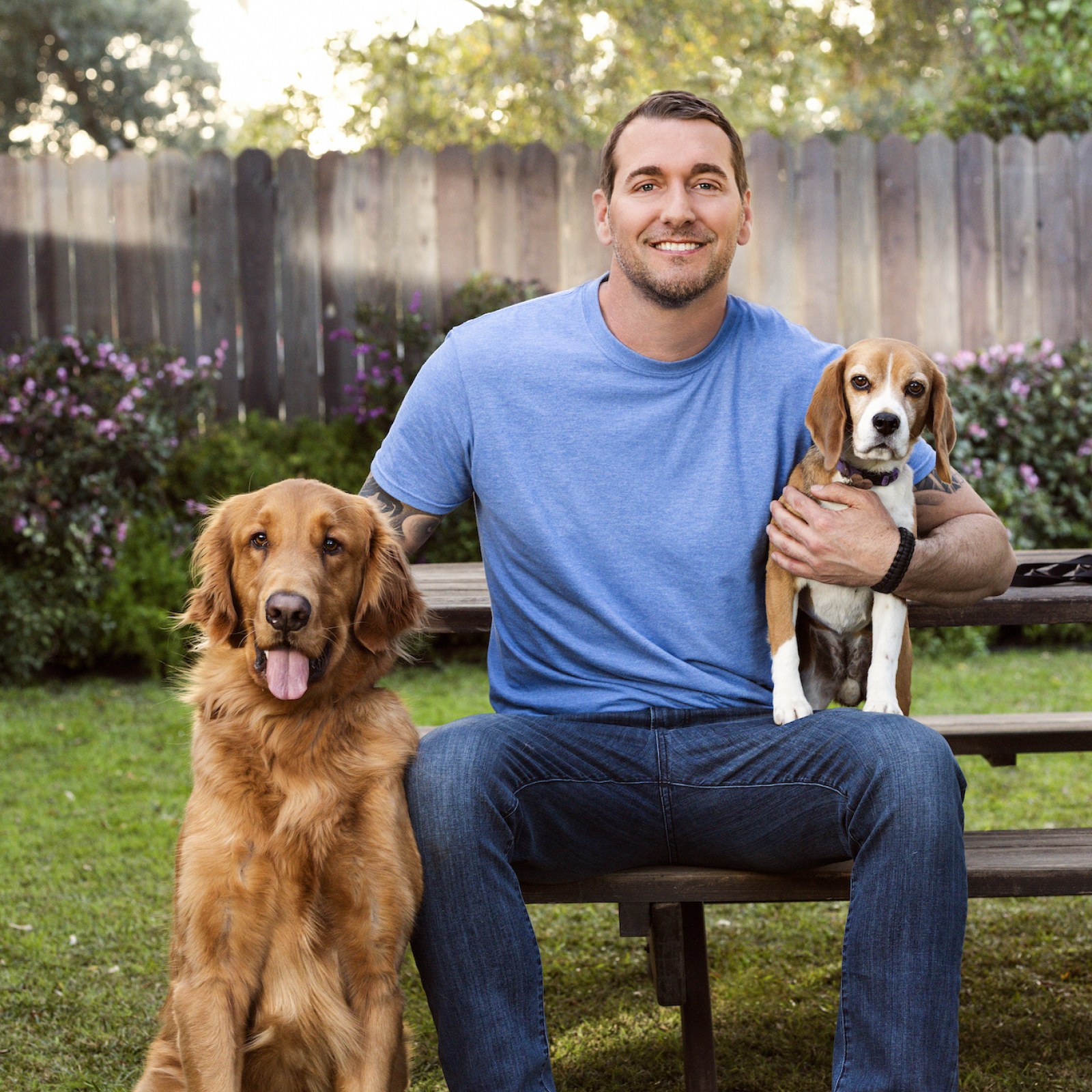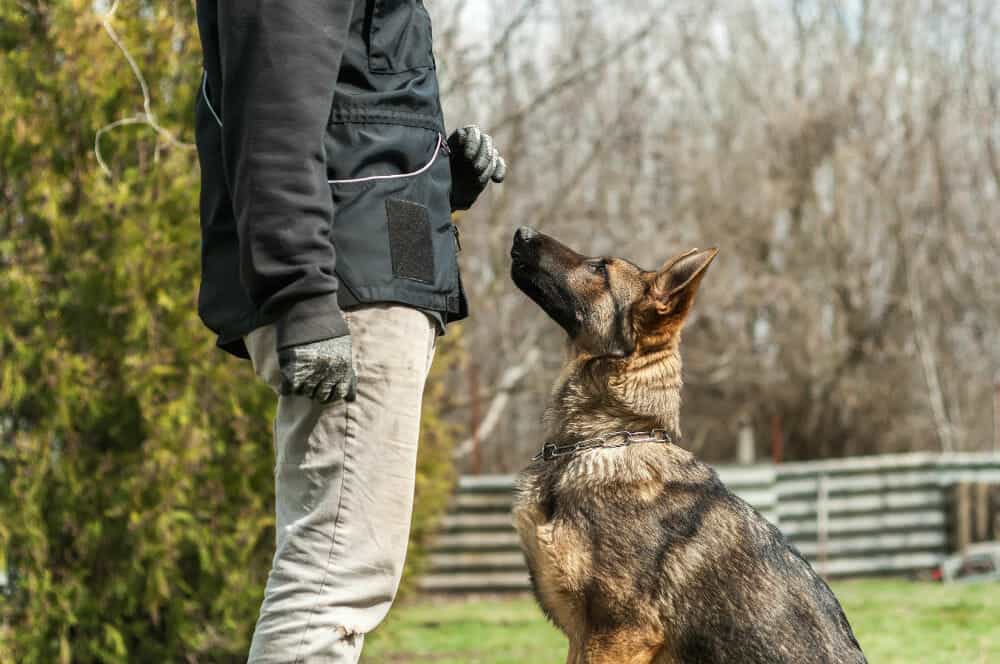Understanding Canine Body Language During Dog Training
Understanding Canine Body Language During Dog Training
Blog Article
Necessary Tips for Successful Dog Training: An Overview for Animal Owners
Reliable dog training is a complex procedure that needs a calculated technique customized to both the pet's character and the owner's goals. Recognizing just how to navigate these obstacles can dramatically enhance the training experience, ultimately transforming the relationship between proprietor and canine.
Recognizing Canine Actions
Understanding pet habits is necessary for reliable training and promoting an unified partnership between pooches and their proprietors. dog training. Dogs connect largely through body language, vocalizations, and actions, making it essential for owners to interpret these signals precisely.

Socializing plays a significant role in dog actions; exposure to different atmospheres, people, and other pets can substantially affect a canine's personality. Elements such as type characteristics and individual temperament ought to assist training approaches, as some breeds might have particular behavioral traits that demand tailored strategies. By understanding these components, proprietors can develop a helpful atmosphere that encourages favorable habits, bring about effective training outcomes and a much deeper bond with their pets.
Establishing Constant Commands
Efficient communication with your canine starts with developing regular commands. This fundamental element of training is crucial for fostering understanding between you and your family pet. Consistency in the commands you make use of makes certain that your canine can dependably associate details words or expressions with the wanted habits.
When choosing commands, select clear, distinctive words that are simple to separate and claim from each other. Prevent utilizing similar-sounding commands that might confuse your pet dog. Utilizing "sit" and "remain" is appropriate, but "rest" and "struck" can lead to misunderstandings.
Furthermore, keep the same tone and volume for each and every command. Dogs are sensitive to singing hints, so varying your tone can produce complication.
It is equally important to make certain that all relative are on the same page regarding the commands made use of. A united front in command use will stop blended signals and reinforce the learning procedure.
Positive Support Strategies
The power of positive support in dog training hinges on its capability to urge desired actions through rewards and appreciation. This strategy is based in the principle that actions adhered to by positive end results are more probable to be duplicated. By integrating favorable support into your training routine, you can effectively form your pet dog's behavior in a positive manner.
To implement positive reinforcement, it's vital to identify what inspires your dog, whether it be deals with, playthings, or spoken appreciation. When your canine executes a desired action, such as resting on command, promptly compensate them with a treat or love. This organization between the command and the favorable outcome enhances their understanding.
It's critical to timing the benefits properly; supplying the support within seconds of the desired behavior assists your pet dog make the connection (dog training). Additionally, uniformity is crucial-- make certain that all member of the family use the same commands and incentive systems to avoid complication

Progressively, you can minimize the frequency of treats as your canine learns the habits, my link transitioning to applaud or intermittent benefits. This method not just promotes a strong bond between you and your canine yet additionally advertises a favorable discovering environment, making educating an enjoyable experience for both.
Socialization and Communication
Continually exposing your pet to a range of settings, people, and various other pets is crucial for their social growth. Socialization must start early, ideally during the vital window of 3 to 14 weeks, when puppies are most receptive to brand-new experiences. However, older pets can additionally benefit from ongoing socializing efforts.
Present your pet to different settings, such as parks, pet-friendly shops, and metropolitan areas. This direct exposure assists them adjust to different stimulations, minimizing anxiousness and fear actions. Urge favorable communications with various other canines and individuals, making certain that these encounters are controlled and secure to foster confidence.
Use organized playdates with well-mannered canines, as this can boost your pet's social abilities and teach them appropriate behavior. Obedience courses and training sessions also offer exceptional chances for socializing, permitting your dog to connect with others in a supervised setting.
Monitor your canine's body language throughout interactions, as this will certainly help you evaluate their convenience degree. Slowly boost direct exposure informative post to more tough scenarios while making sure that each experience is positive. A well-socialized canine is most likely to exhibit balanced behavior, making them a happiness to have in any setup.
Addressing Typical Training Challenges
Every canine proprietor will certainly encounter training obstacles at some time, no matter their pet's age or socialization degree. Determining typical issues such as stubbornness, interruptions, and fearfulness can help in developing effective techniques for renovation.

Distractions throughout training sessions can derail focus. To combat this, begin training in a quiet atmosphere with very little stimuli. Gradually introduce interruptions as the canine becomes a lot more competent in commands. Short, constant training sessions are additionally reliable in maintaining focus.
Fearfulness can impede a pet's knowing procedure. Progressive desensitization to the resource of fear, matched with positive reinforcement, can assist minimize stress and anxiety. Perseverance is crucial; never compel a dog into a circumstance that triggers distress, as this might worsen the concern.
Eventually, understanding and dealing with these common challenges with an organized approach will cultivate a more effective training experience, enhancing the bond in between canine and owner while promoting efficient discovering.
Conclusion
In summary, effective pet training counts on a thorough understanding of canine behavior, the establishment of consistent commands, and the application of favorable support methods. Socialization plays an important duty read the article in developing well-adjusted pets, while dealing with usual training obstacles requires persistence and versatility. By executing these necessary techniques, family pet owners can cultivate a strong bond with their canines and advertise desirable actions, ultimately resulting in a harmonious connection in between humans and their canine buddies.
Recognizing dog actions is crucial for reliable training and promoting a harmonious connection between canines and their owners.Socializing plays a significant function in canine behavior; direct exposure to different settings, individuals, and various other animals can dramatically impact a pet dog's temperament.The power of favorable support in canine training exists in its capability to urge wanted habits with rewards and appreciation. By integrating positive support into your training regimen, you can properly shape your pet's behavior in a positive manner.
In recap, effective pet dog training counts on a detailed understanding of canine habits, the establishment of regular commands, and the application of favorable support methods.
Report this page